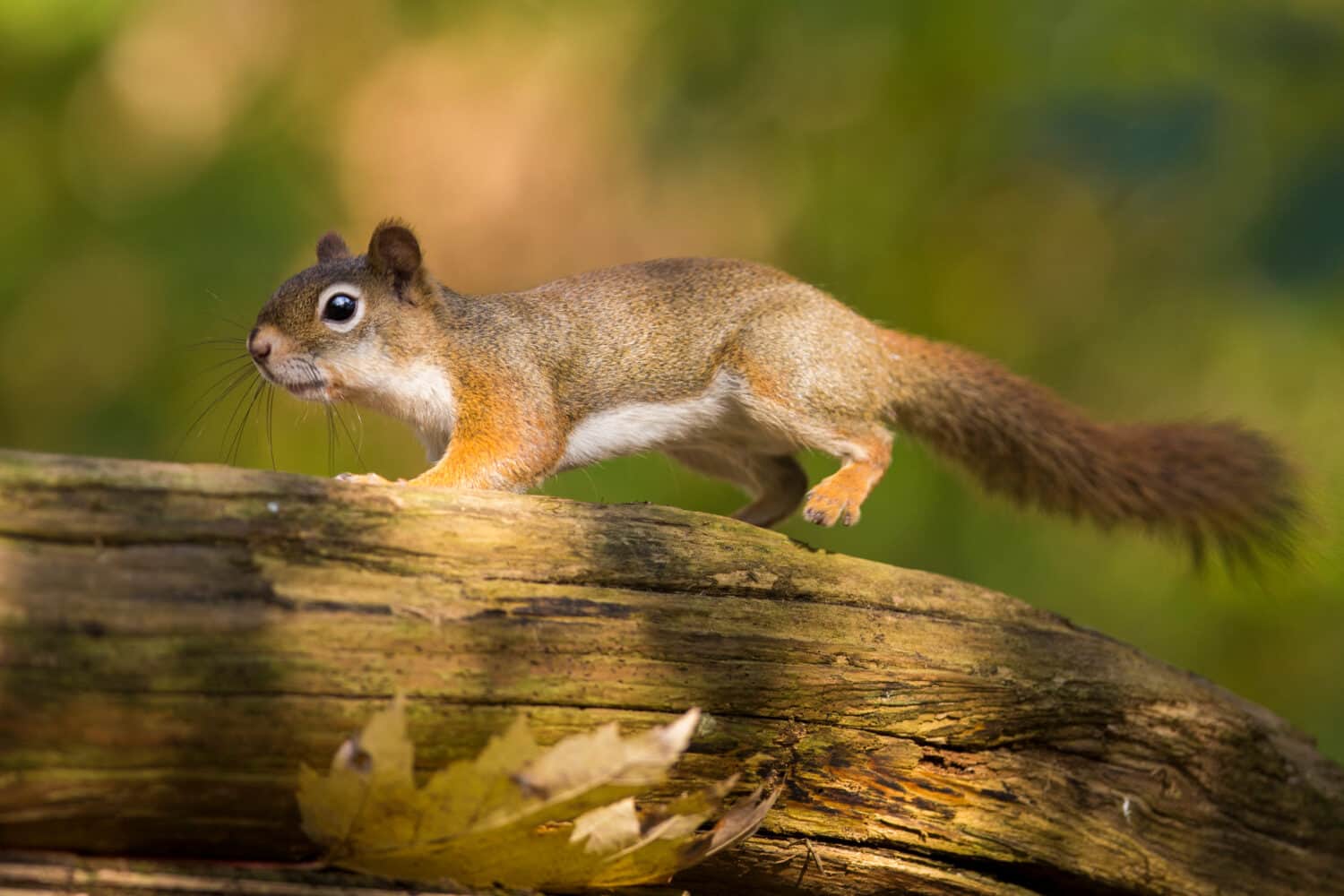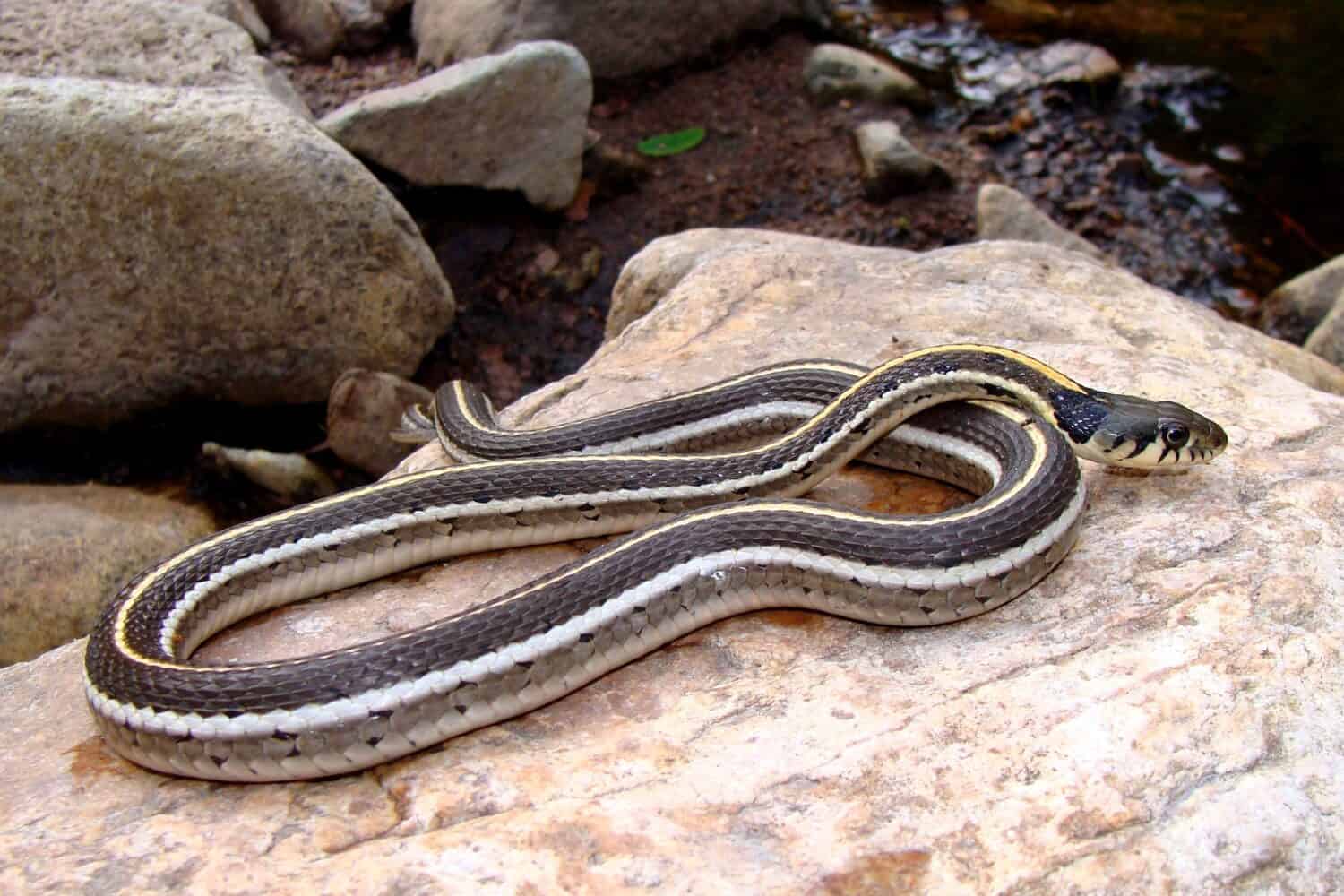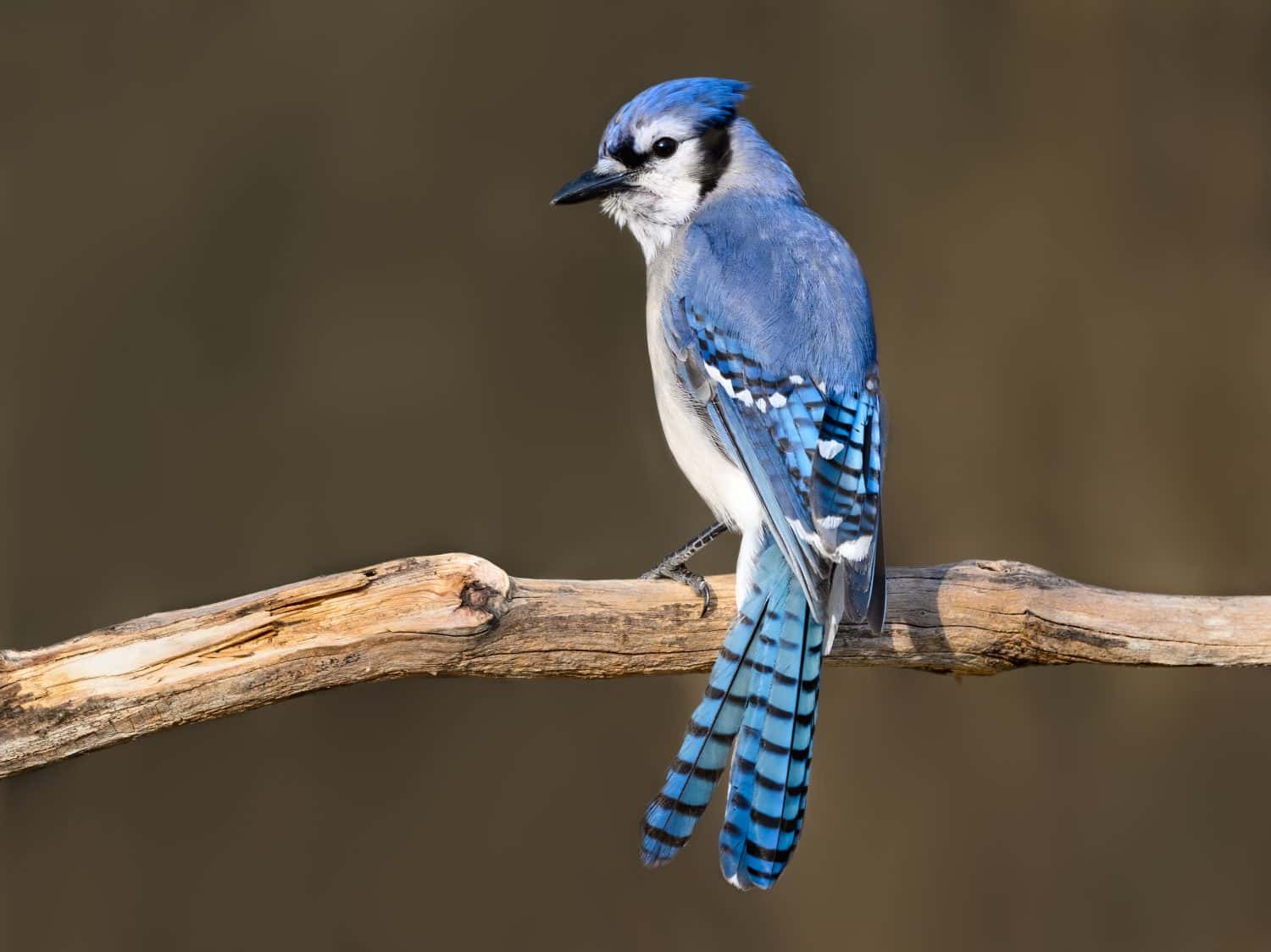Cardinals are stunning birds known for their vivid red appearance. They live throughout the United States and can be spotted anywhere from dense forests to suburban backyards. Like other wild animals, cardinals have a number of predators.
Let’s take a look at what creatures these beautiful birds have to watch out for!
1. Hawks

The talons on a Cooper’s hawk can be nearly two inches long!
©J. S. Fisher/Shutterstock.com
Hawks are large birds that eat just about anything. Cardinals can be too large for hawks, but that doesn’t mean that they won’t eat smaller ones. In fact, hawks love eating other birds including sparrows and finches.
The main type of hawk that preys on cardinals is Cooper’s hawk. Even though these gorgeous red birds fly in groups, a Cooper’s hawk can easily swoop in and take one down. Sharp-shinned hawks are big fans of eating baby cardinals if the parent birds aren’t around.
It’s not entirely uncommon to see a hawk swoop down and steal eggs right out of a cardinal’s nest. They don’t necessarily have a preference in terms of bird eggs, as hawks can’t tell the difference most of the time.
2. Squirrels

Squirrels eat a diet consisting mostly of nuts, seeds, and fungi.
©Mircea Costina/Shutterstock.com
It may be surprising to learn that squirrels eat cardinals due to the size of these small rodents. These bushy-tailed creatures are opportunistic omnivores. This allows squirrels to feed primarily on plants and nuts but will eat other animals if needed.
When it comes to cardinals, squirrels are most likely to attack when the bird is vulnerable. It can be quite gruesome since squirrels prefer to eat baby birds. Young cardinals provide these critters with plenty of protein, vitamins, and minerals to get by.
Because squirrels are incredible climbers and quick on their toes, the only defense mechanism cardinals have against them is to fly.
3. Owls

The bright red appearance of a cardinal helps owls spot them in winter.
©cindylindowphotography/Shutterstock.com
There are only two species of owls that are known to be cardinal predators. The barred and long-eared owls will hunt and eat cardinals when the moment is right. There’s no denying that owls are incredibly skilled hunters.
Because they are carnivorous birds, owls must consume other creatures to be able to stay alive. The majority of owls are opportunistic predators who will pursue any common prey that is accessible.
Even while most owls don’t primarily eat birds, they nonetheless hunt them when they can. Due to their diurnal nature, most cardinals are susceptible to skilled nocturnal predators such as owls.
4. Snakes

Worms, fish, and small reptiles make up the rest of a garter snake’s diet.
©Matt Jeppson/Shutterstock.com
While birds are known to eat snakes, sometimes the roles get reversed! Water, garter, king, and milk snakes will eat cardinals without thinking twice! These snakes will sneak into a nest while the mother bird is away and consume cardinal eggs whole.
These slithering serpents typically live in similar environments as cardinals. They’ll also attach hatchings and juvenile birds as long as the mother isn’t around. Some snakes can even slither up a tree and into a birdhouse in hopes of a tasty treat.
5. Domestic Pets

House cats may leave their owner a dead bird at their doorstep as a present.
©Kuttelvaserova Stuchelova/Shutterstock.com
Cats and dogs are no strangers when it comes to killing wild animals. In fact, most pet owners with animals that venture outdoors will inevitably be given a “gift” from their canine or feline friend.
It’s mesmerizing to watch a housecat take down a cardinal. They’re so patient and typically attack these birds directly in their nests. Cats won’t typically try to grab a cardinal when it’s flying.
Our feline friends are usually pursuing birds for the thrill of the hunt. They don’t always eat the bird after taking one down. The same can be true for dogs, though they eat the bird more often than cats do.
6. Blue Jays

Blue jays also eat frogs, rodents, seeds, and snakes.
©FotoRequest/Shutterstock.com
With their stunning blue feathers, blue jays are another common bird found in backyards across America. In the wild, blue jays are known to be bullies. One bird they do not get along with is the cardinal.
These blue-feathered birds kill all sorts of birds as long as their prey is smaller than them. They will attack nestlings and fledglings as well. You won’t see a blue jay attack a mature cardinal unless they’re starving.
7. Shrikes

There are 34 species of shrikes.
©ukrit.wa/Shutterstock.com
Even though shrikes can be smaller in size, they have an intense way of hunting cardinals. Shrikes have a habit of impaling their victims with their durable beaks. They can take down an adult cardinal in less than a minute and fly off with the large red bird attached to their beak.
Surprisingly, cardinals are most vulnerable when they’re on the ground. Shrikes typically search the ground from above and pounce on an unsuspecting victim with impressive speed.
Summary of Cardinal Predators
| Rank | Animal |
|---|---|
| 1. | Hawks |
| 2. | Squirrels |
| 3. | Owls |
| 4. | Snakes |
| 5. | Domestic pets |
| 6. | Blue jays |
| 7. | Shrike |
The photo featured at the top of this post is © peter weiler/Shutterstock.com
Thank you for reading! Have some feedback for us? Contact the AZ Animals editorial team.







